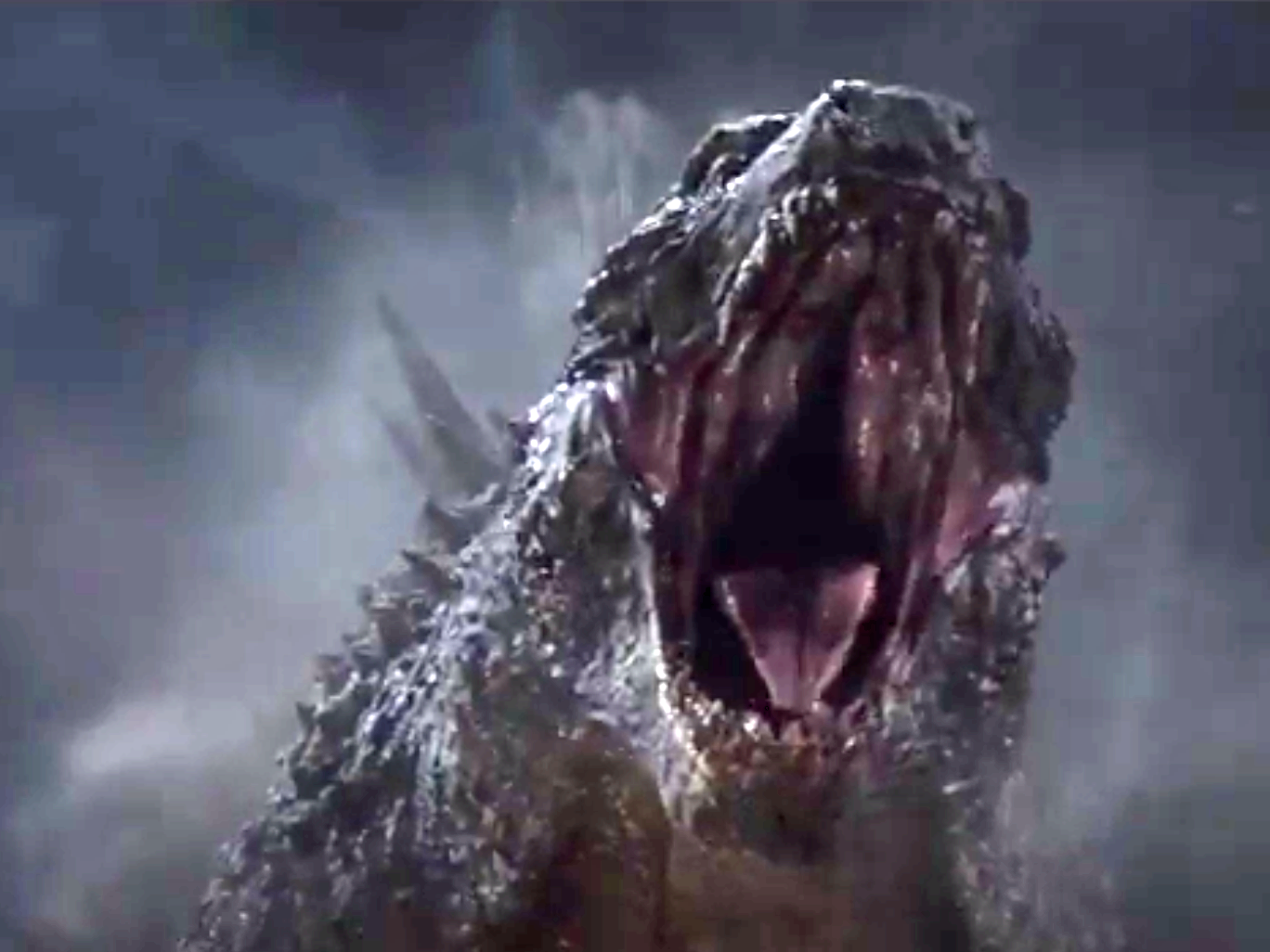 I know we all think of Egypt when someone brings up Mummies, or perhaps of the classic 1932 horror film with Boris Karloff wrapped up in the bandages. But mummies are found all over the world even in the modern age. Case in point: The Capuchin Catacombs of Palermo, Sicily. The walls are lined by more than 8000 mummies. Originally intended only for dead friars, it eventually became a status symbol to become interred there and the families of rich locals would pay with regular donations to have their loved ones added to the collection.
I know we all think of Egypt when someone brings up Mummies, or perhaps of the classic 1932 horror film with Boris Karloff wrapped up in the bandages. But mummies are found all over the world even in the modern age. Case in point: The Capuchin Catacombs of Palermo, Sicily. The walls are lined by more than 8000 mummies. Originally intended only for dead friars, it eventually became a status symbol to become interred there and the families of rich locals would pay with regular donations to have their loved ones added to the collection.
All kinds of mummies fill the catacombs that are divided up into categories: Men, Women, Virgins, Children, Priests, Monks, and Professionals. Some were posed in unusual positions and the bodies were made accessible so the families could hold their hands and pray with them on special occasions. Artists, doctors, princes and military commanders are interred there, but no one has become more famous than Rosalia Lombardo.
Rosalia was just a little girl who died of Pneumonia in 1920 and is remarkable for how incredibly well-preserved and life-like she still seems after all the decades. But what has drawn attention to her is something that was discovered recently by researchers who were using time-lapse cameras to study the embalming techniques used on her body.
The time lapse photography showed something that made everyone’s jaws drop. Over the length of a day, the little girl’s eyes would open and close several times. The scientists involved concluded that the blinking was due to the natural humidity in the crypt, but that sounds like not-completely-understood-rationalizing to me. I don’t know about you guys, but this creeps me the heck out. You can check out the time-lapse video yourself below. Sleep tight.










